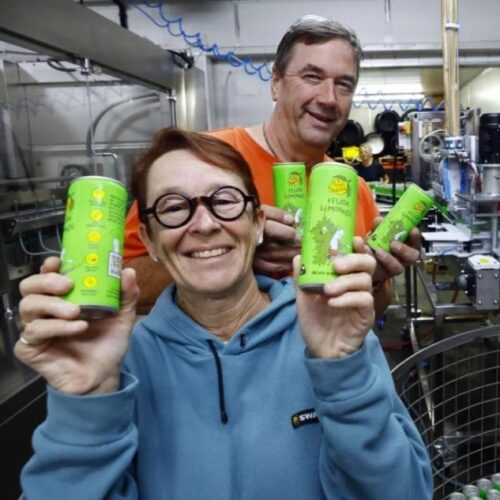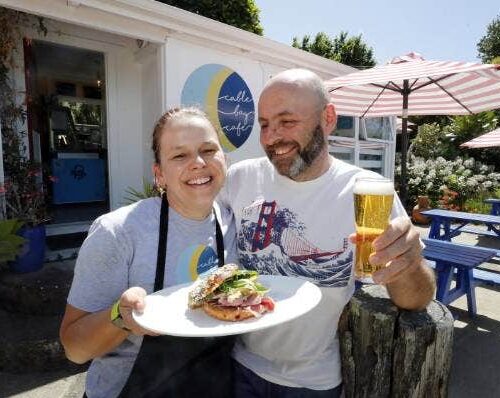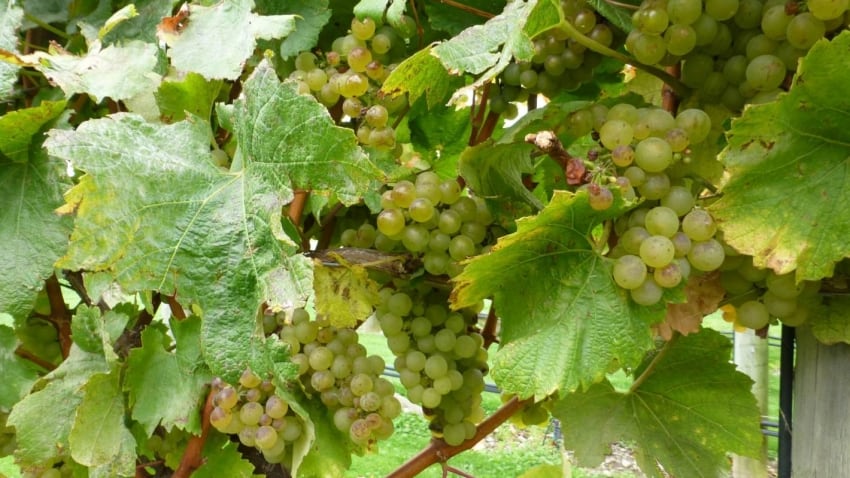
Nelson wines & climate change
Published in the Nelson Mail 09.01.19
If you have been following this column for a while you will know my favourite thing to write and talk about is wine, and wines produced in the Nelson region rival the best in New Zealand, sometimes in the world.
That may seem like a bold statement but the Nelson region is home to some of the finest wines produced in this country, and, with the exception of one winery are all made by family owned businesses.
One thing everyone in the industry has learned over the years is that climate change is very real and is impacting on all types of rural production, not just wine, and producers are modifying how they farm the land to ensure they continue to make world-leading products.
There has been a huge amount of debate, angst and positivity (depending on who you talk to) about the need for a dam to provide water for productive land; with climate change charging along I think there will be long-term need for more water storage alongside looking at other ways of producing crops.
When it comes to grapes climate change is impacting in a number of ways and is making it incredibly challenging for grape growers. They used to be able to rely on different seasons delivering consistent weather patterns each year, that isn’t the case anymore. Growers need to be able to respond quickly to whatever mother nature throws at them each year.
When you think about the weather conditions grape growers have had to deal with in recent years it is no surprise a lot of work is being done by various grower organisations to identify the best ways of dealing with climate change, from extreme heat to adverse weather events, not just in Nelson but around the world.
Each vintage has its challenges but I am amazed at the quality of wines that have been produced in this region in recent years as growers have dealt with drought conditions, gale force winds, rain, hail and three ex-tropical cyclones (all in one growing season).
Looking at the season that starts with grapevines coming to life after a winter hibernation first with bud-burst followed by flowering Chairman of Nelson Winegrowers, Johnny Hiscox, said “It’s hard to believe that in November 2017 low rainfall had us all irrigating like crazy over flowering; what a contrast this November has been.
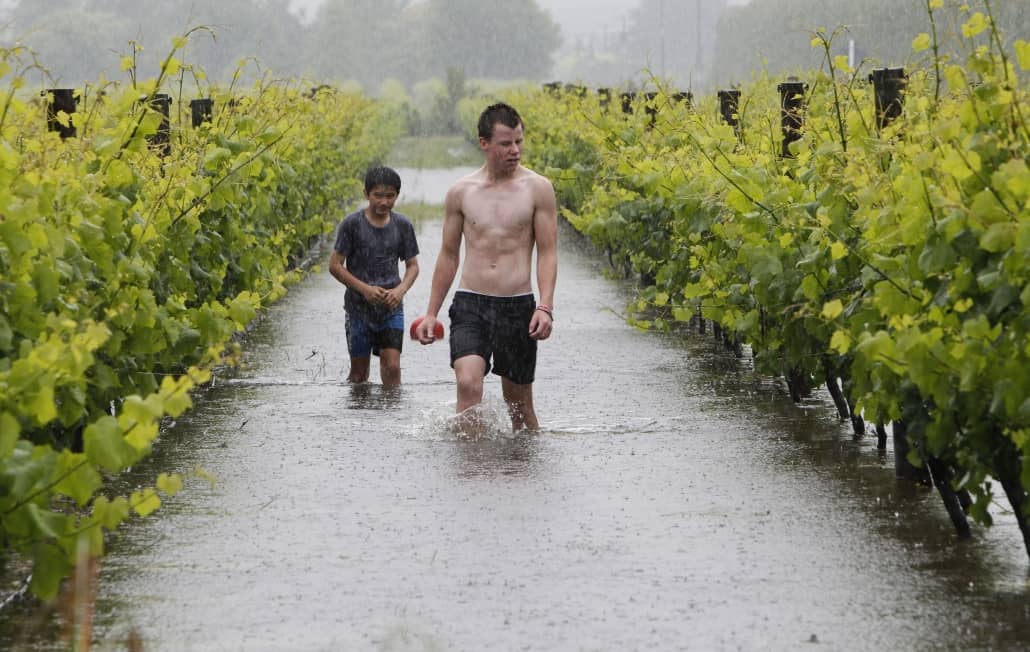
“We had an early start to growth across the region in September 2018, however things slowed down a little and the early signs of flowering slowed up slightly, causing a little that concern forecast rain in October and November may effect fruit set.”
I am pleased to report that fruit set in vineyards across the region was very good, despite the rains in November and December. Now that we have had a few weeks of very high temperatures things are charging along nicely in vineyards across the region.
Of course, the growing season has a long way to go and there is always risk of rain at the wrong time; looking at the last vintage Steve Gill from Appleby Vintners said “flowering conditions were almost perfect and with a great fruit set bunches were looking good and everybody was looking forward to lots of fruit with concentrated flavours’
“January was hot with record mean temperatures, we also had a 200mm extreme rain event in the middle. At this time the break in drought conditions was welcomed by some. What wasn’t welcomed was what was to come.
“February 2018 was the wettest February on record with 234mm of rain, this is 3.7 times the February average.
“Two ex-tropical cyclones battered the region in February, Fehi in early February and Gita in late February.”
Ex-tropical Cyclone Gita slammed the region wreaking havoc with every type of crop, not just grapes, destroying roads, waterfront buildings and dumping months of rain in a few hours.
Fortunately for grape growers most of the fruit wasn’t ripe so was able to weather the storm, it took a lot of hard work in vineyards to manage crop disease but things were still looking ok, not great, but ok at this stage; then ex-tropical Cyclone Hola decided to visit the region in March, the absolute worst time for grape growers who were right in the middle of harvest.
With great weather forecasting warning of the forthcoming unwelcome visitor, most growers started harvesting their grapes early. It is always nice for growers when the grapes to be able to develop and ripen nicely and then to be able to leave them on the vines for a few more days to develop some concentration, but last year crops needed to come in as soon as they were ripe enough, even if they weren’t in ideal condition.
Because grape varieties ripen at different times some varieties came through the weather events very nicely indeed, Chardonnay in particular, and depending on vineyard location, Sauvignon Blanc and Pinot Noir performed well too.
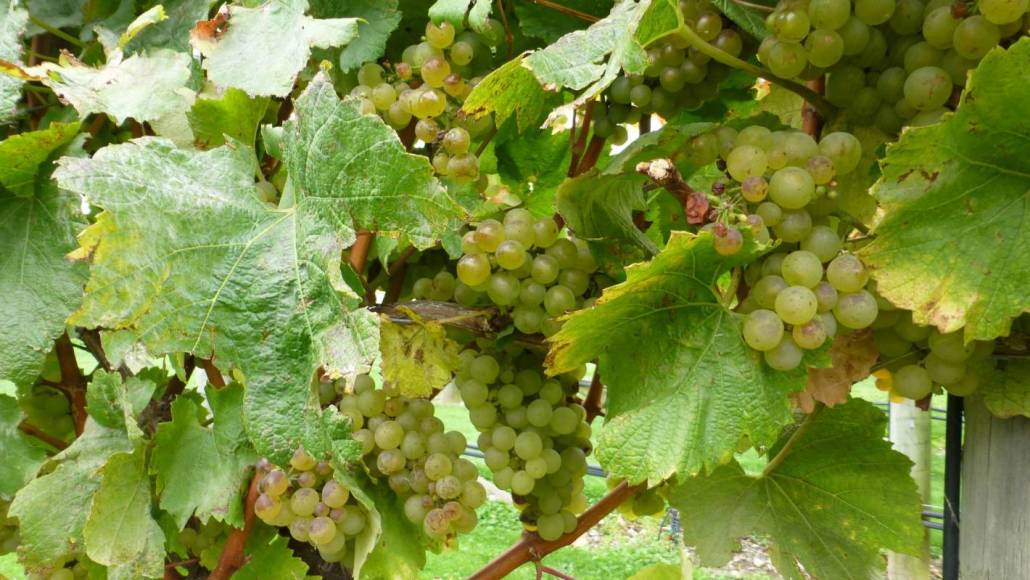
There was a lot of intensive hand management in vineyards with some tough decisions having to be made, conversations about ‘do we invest in labour for a small but quality crop or do we just forget about this variety this year’ were heard in every vineyard.
I am happy to be able to report the majority of growers decided to focus on smaller production of quality wines rather than making substandard wines using substandard grapes. While this means the cost of production per bottle was a lot higher for the 2018 vintage the results of cropping decisions made means there were some outstanding wines made in the region, maintaining the regional reputation for quality above quantity.
The 2019 vintage is now a waiting game, everything is looking good at the moment, but warm sea temperatures may mean more rain in February and March, let’s hope not.
I know the effort winery owners and workers put in to making their wines and I know there are some delicious treats waiting for you to discover, so this summer make sure you add a bottle of beautiful Nelson wine to your shopping trolley, or better still, get out and about and visit the producers of outstanding Nelson wines at their cellar door.

